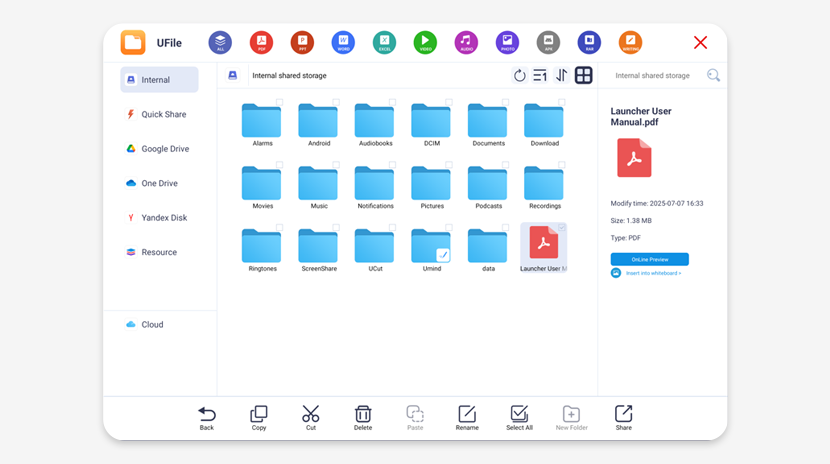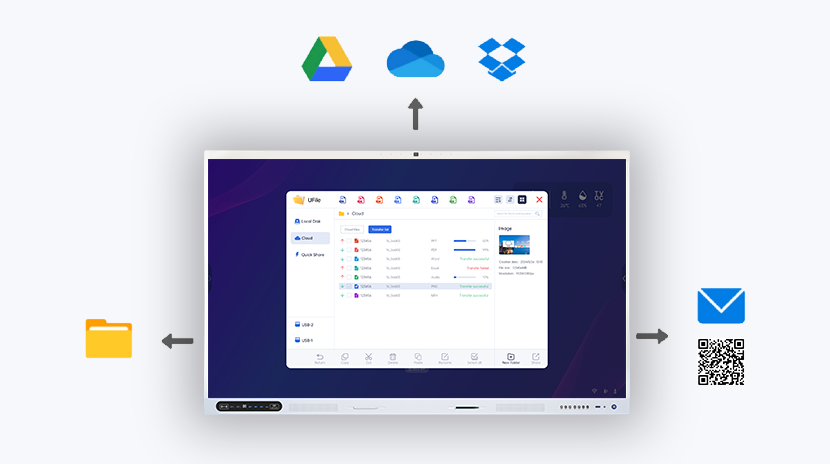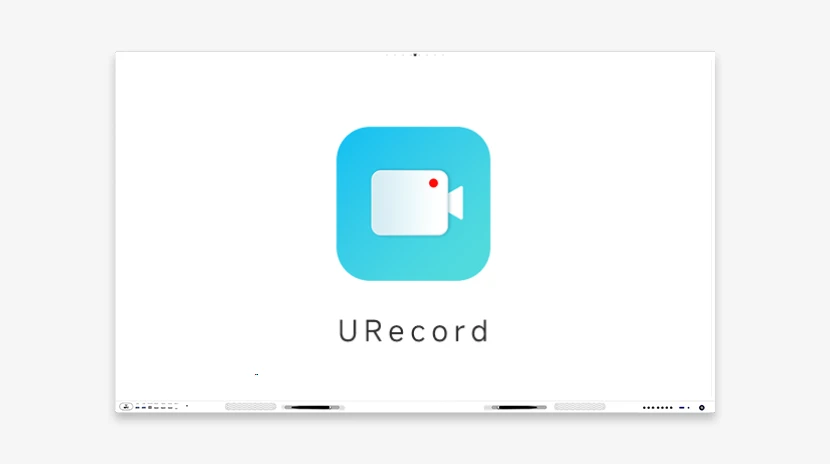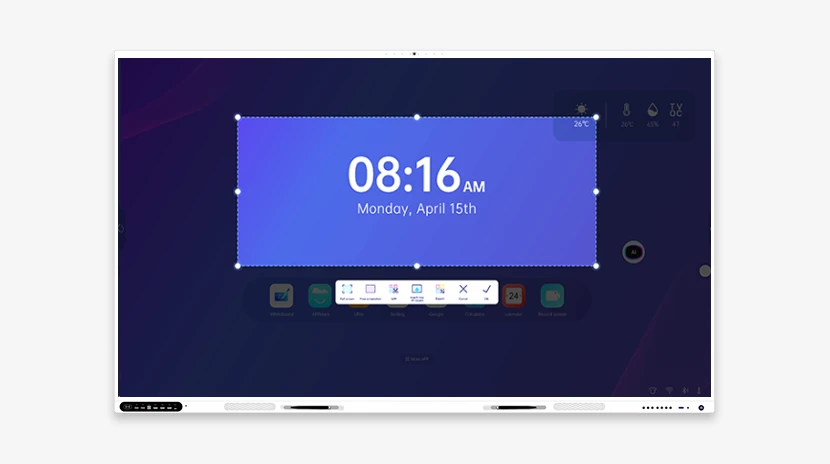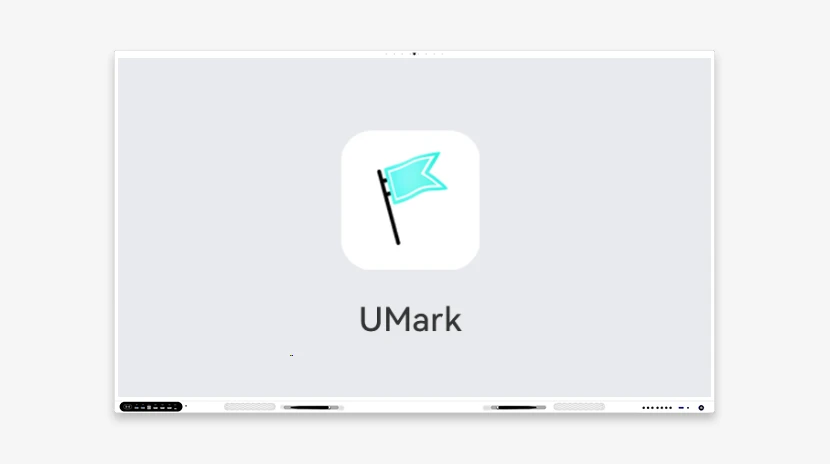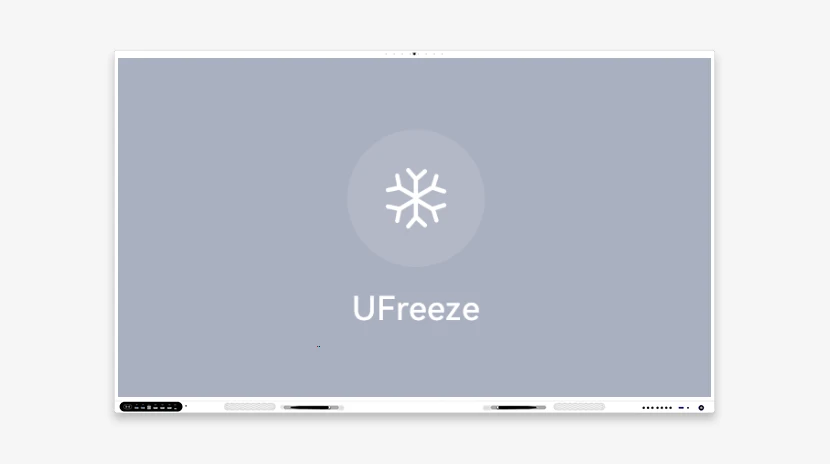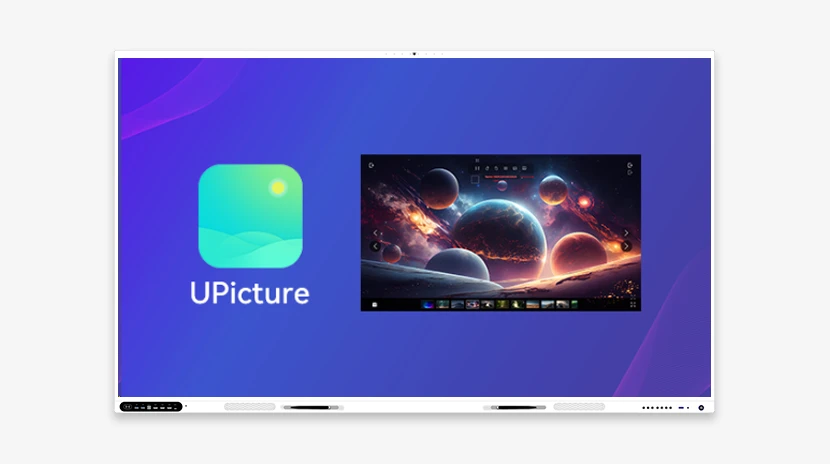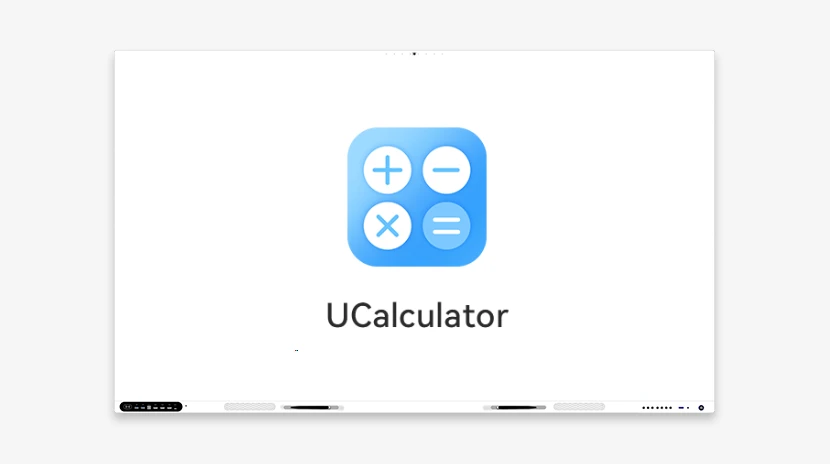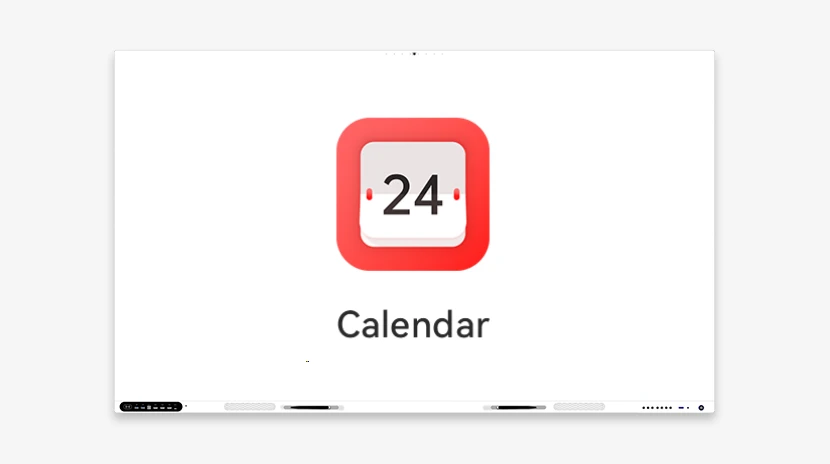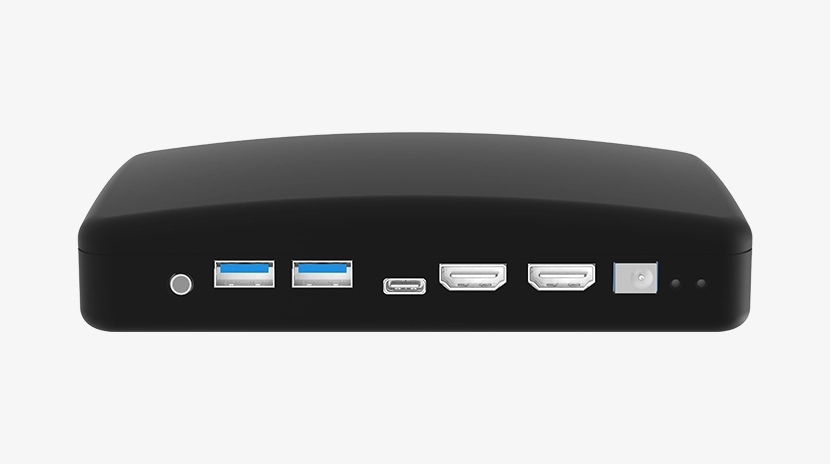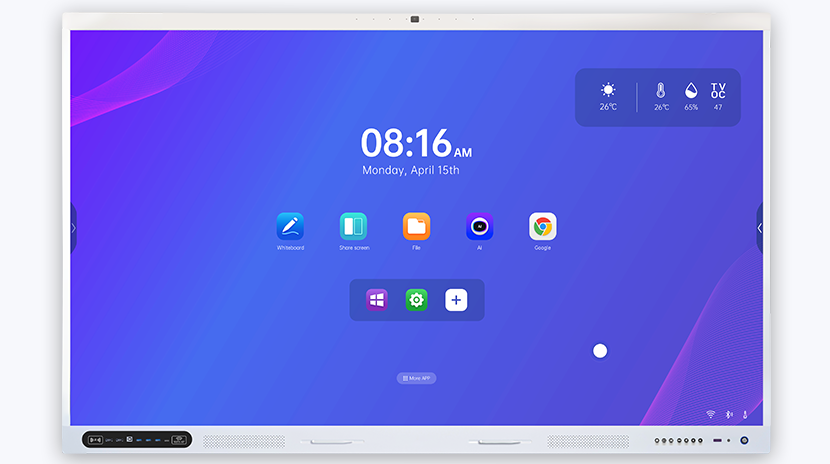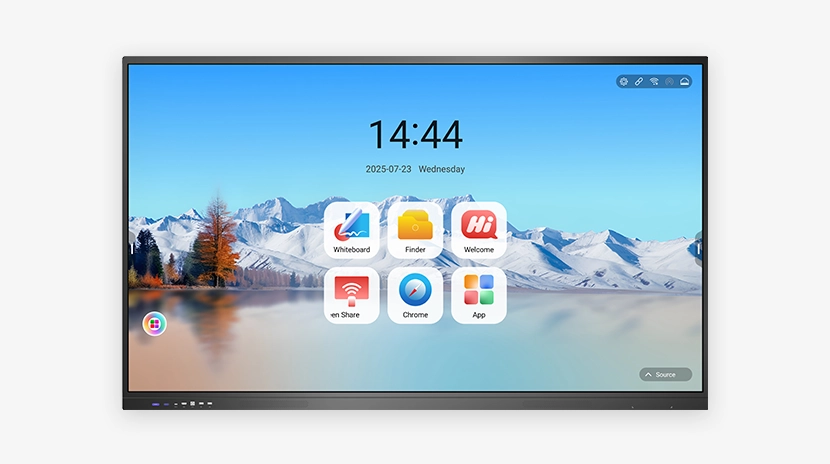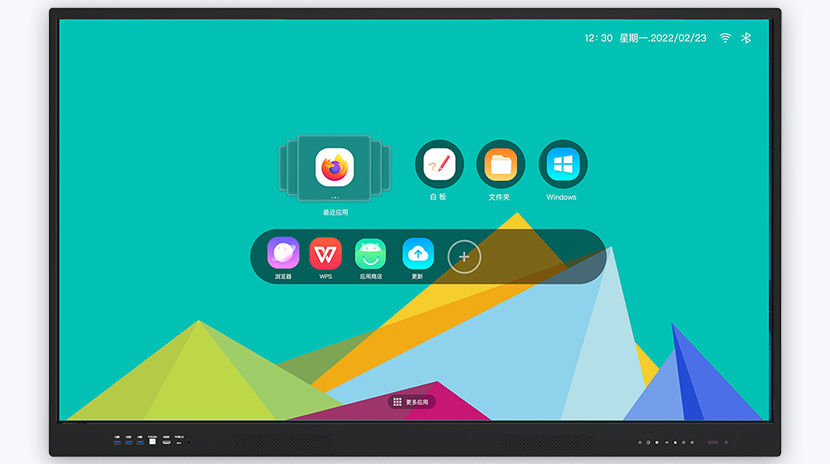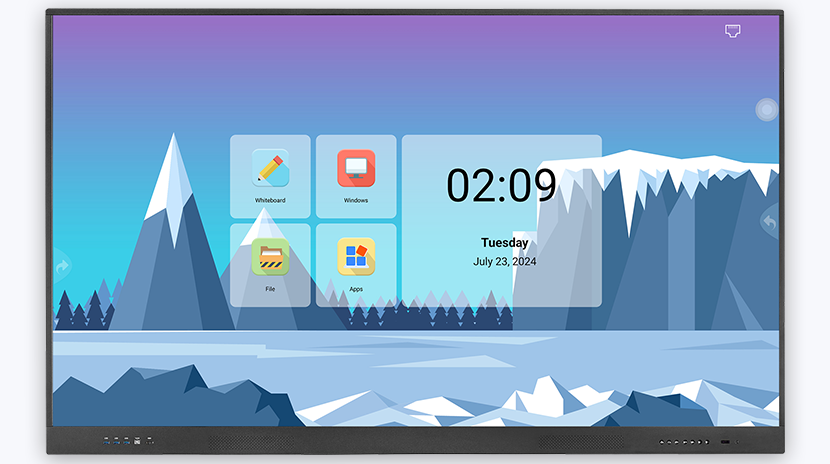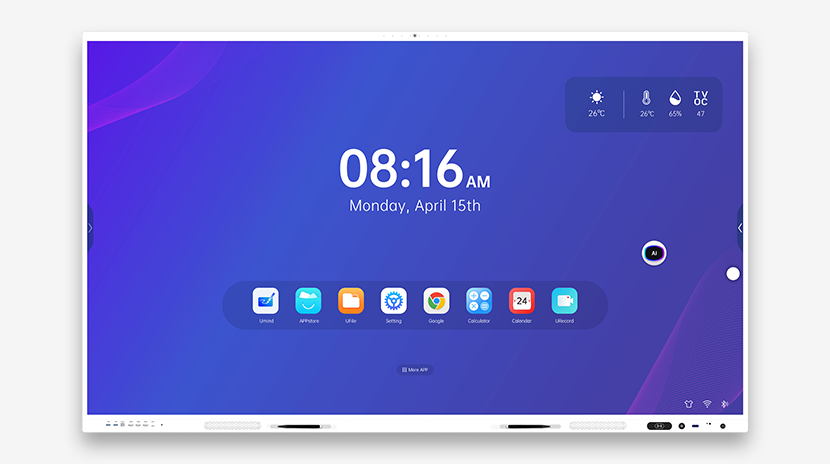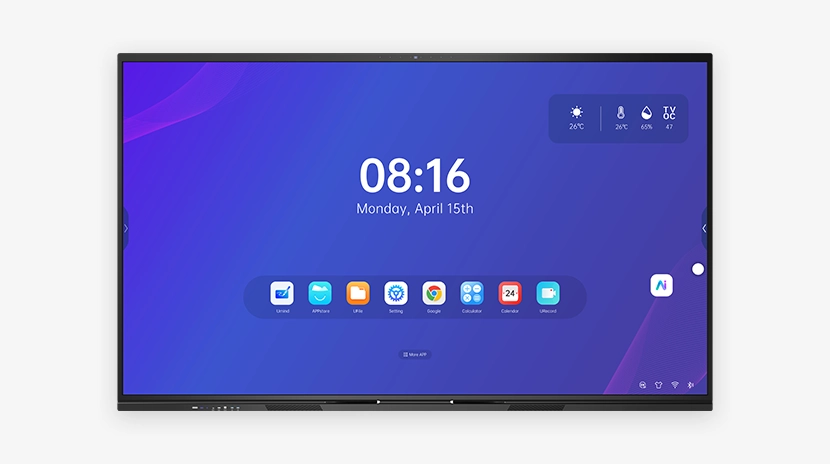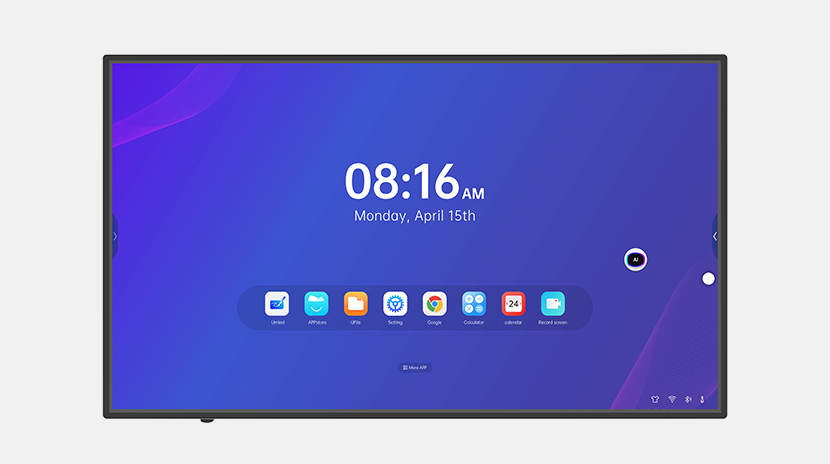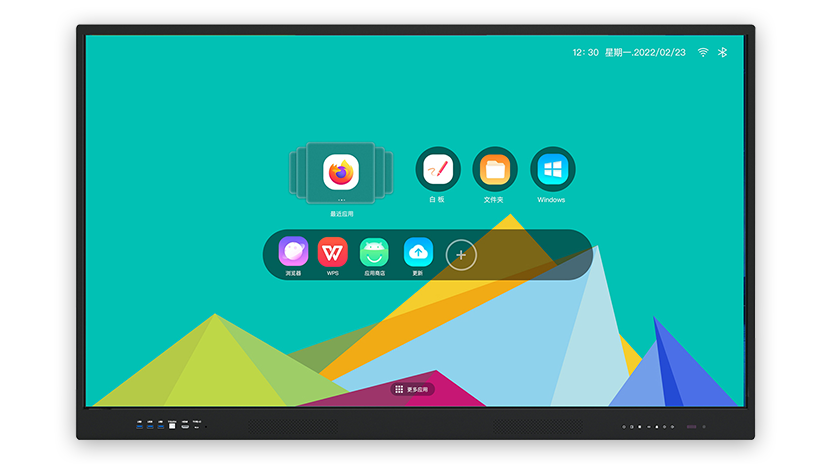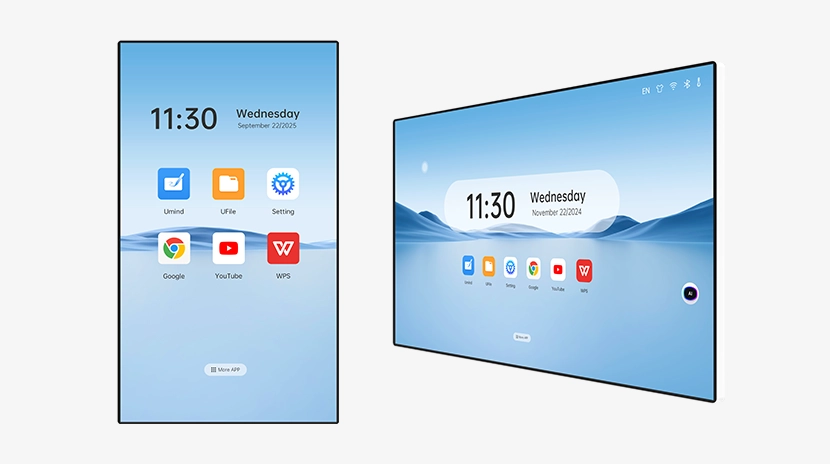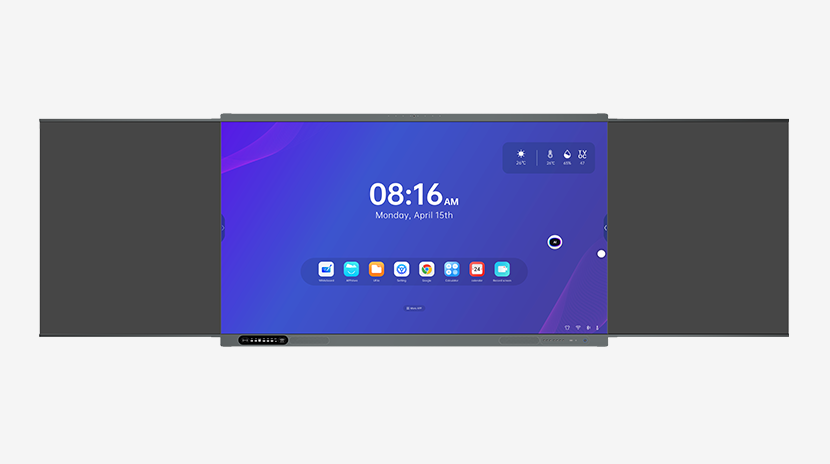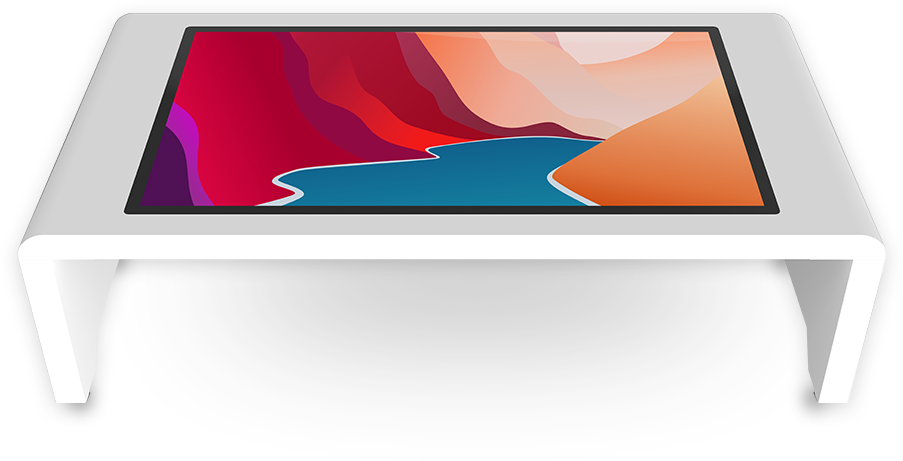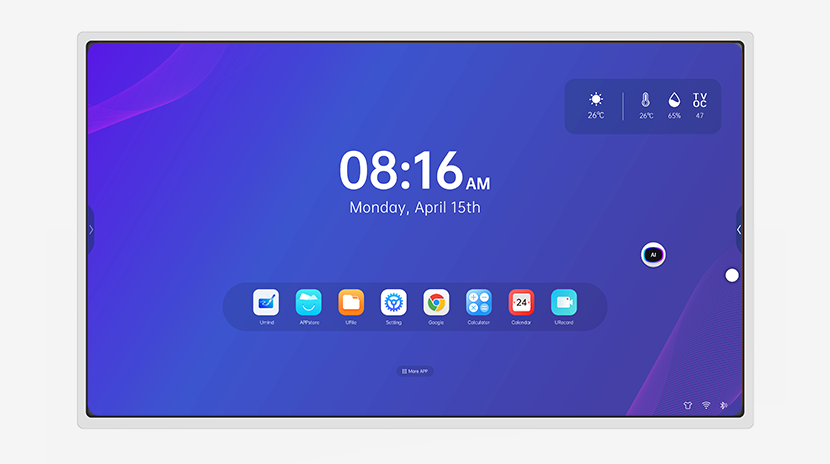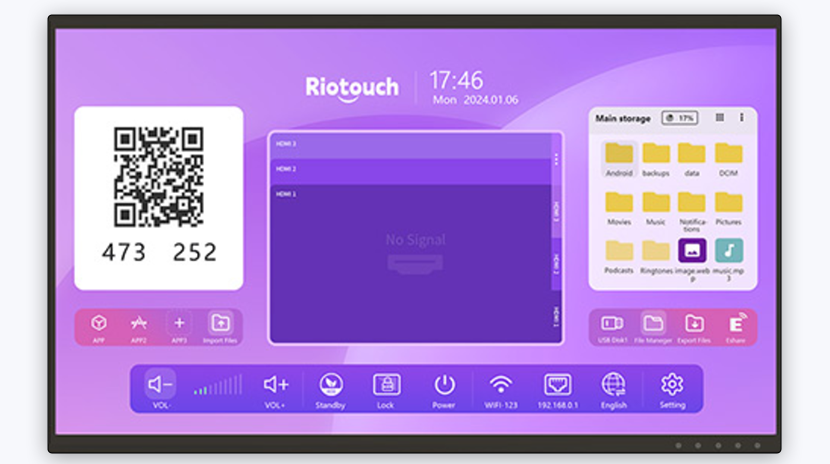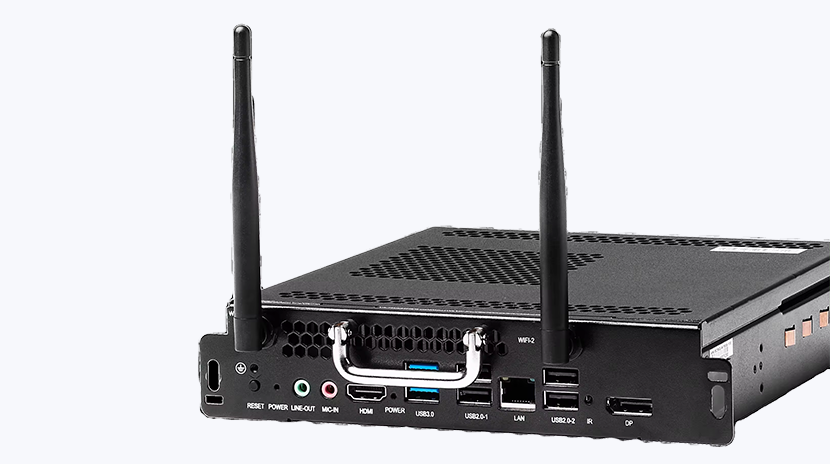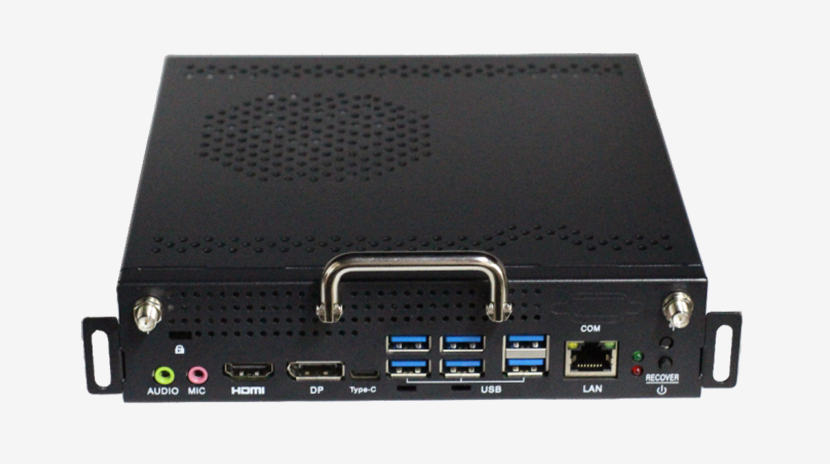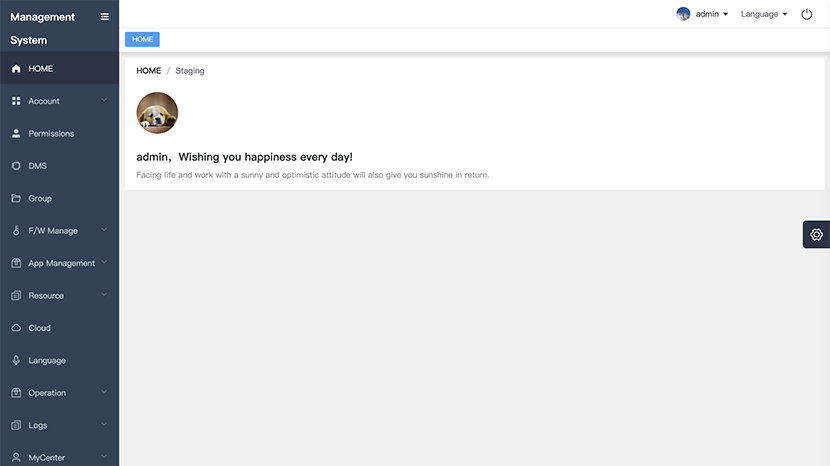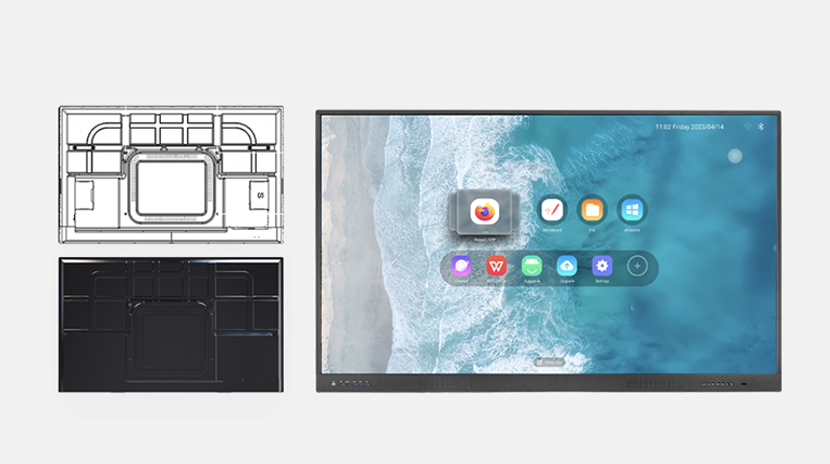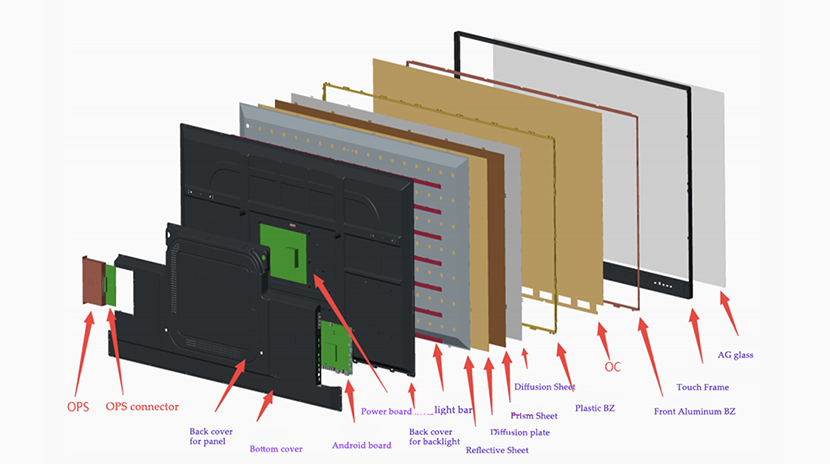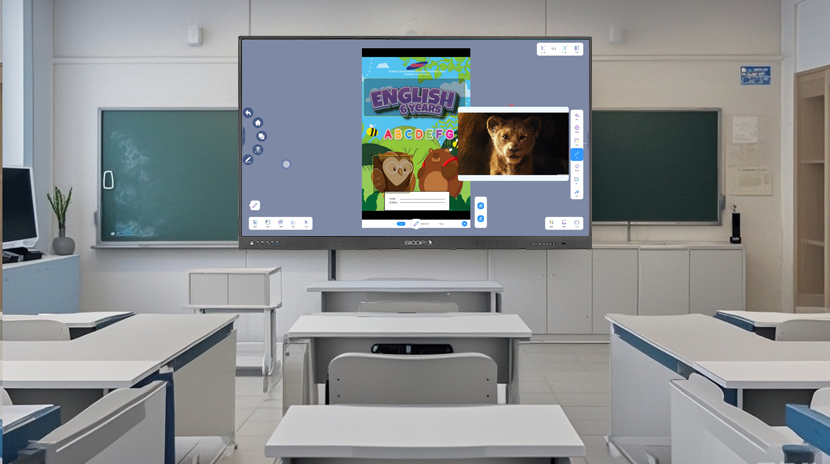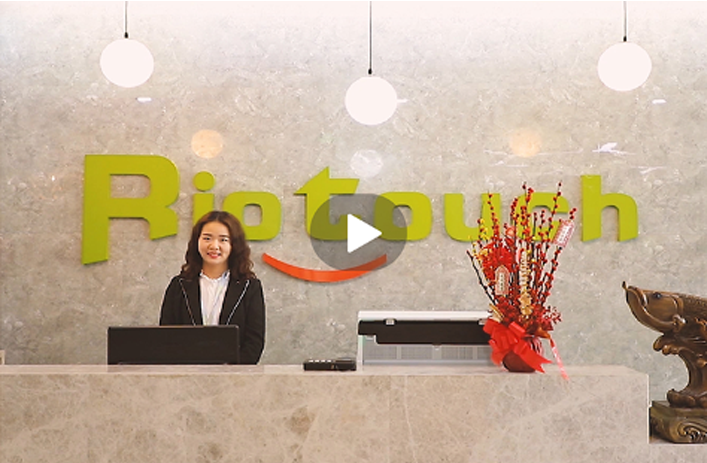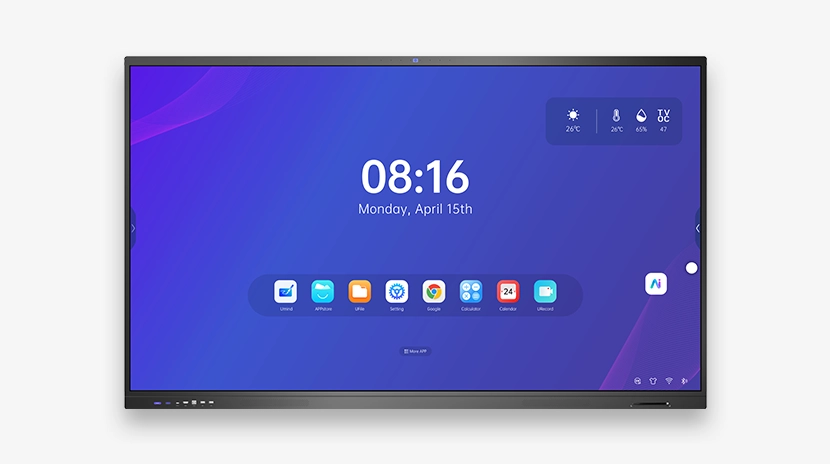- UMind
- UFile
- Setting
- DMS
- Pick-up System
- URecord
- UCut
- UMark
- Tools
- UTimer
- UVote
- UFreeze
- UPlay
- UPicture
- UCalculator
- Calendar
- IFPD
- LED Commercial Display
- Smart Blackboard
- IWB
- Smart Table
- Advertising Screen
- Portable Panel
- Smart TV
- OPS
- Accessories
- AI BOX
- RK3588
- RK3576
- T982
- ADV100
- LTK
- LTQ
- LTF
- U+ Series
- LT Series
- LT Series S98
- LT86 S982 SA
- LF
- Wall-mounted Advertising Machine
- M86LB
- M86
- S82
- P82
- Smart Touch Table
- Smart Lifting Touch Table
- Floor Kiosk
- Portable Panel
- LTS
- OPS
- OPS 13th_14th
- Meeting pod
- TV stand
- Cloud Solution
- ODM/OEM Solution
- CKD/SKD Solution
- Education Solution
- Business Solution
- About Us
- Blogs
- Catalogs
-
Daisy OS

-
Products

-
Solutions

-
Support
-
About Us

Cloud Resource Management for Teachers: Unify, Access & Teach from Anywhere
The Paper Avalanche: A Teacher’s Resource Nightmare
Picture this: a dedicated biology teacher spends weekends crafting the perfect lesson on cellular respiration—only to lose the 3D animation in a USB drive, forget where she saved the lab handout, and struggle to display a vital diagram when her classroom’s interactive flat panel display refuses to cooperate. This chaos isn’t just frustrating; it steals precious teaching time and stifles inspiration. In today’s digital age, educators deserve better than scattered files and siloed tools. Enter cloud resource management—the transformative solution turning resource disarray into a streamlined, intelligent ecosystem where every asset is a click away.
How Cloud Resource Management Works: Your Digital Teaching Hub
At its core, cloud resource management through systems like DMS (Device Management System) acts as a central nervous system for educational content. The moment a teacher logs in, DMS automatically generates a personalized cloud library—a private, secure vault that evolves with their needs. Here, educators upload resources in any format: high-res images of historical artifacts, video demonstrations of chemical reactions, PowerPoint lectures, interactive mind maps, or PDF worksheets. The platform’s smart teaching resource management capabilities tag and categorize content by subject, grade level, or project (e.g., "Grade 10 Ecology Unit"), using AI to suggest related materials. Crucially, this isn’t just storage; it’s integration. When a teacher marks a resource as "active," DMS syncs it seamlessly with interactive whiteboard software like UMind, embedding it directly into their digital toolkit. This synergy between cloud intelligence and classroom hardware erases friction, letting teachers focus on pedagogy, not file paths.
From Cloud to Classroom: A Teacher’s Workflow Revolutionized
Imagine Ms. Chen, preparing for her 8th-grade physics class on electromagnetic waves. She opens her DMS dashboard, where her personalized cloud library stores last year’s animated video on radio spectrum, a new infographic from a science journal, and a problem set she created in Word. With two clicks, she tags these as "Today’s Resources" and syncs them to UMind. During class, as students gather around the interactive flat panel display, she taps the UMind toolbar. Instantly, the video plays; a swipe reveals the infographic for discussion. When a student asks about real-world applications, Ms. Chen pulls up a pre-saved satellite communication diagram—no frantic searching, no lost files. Later, she uploads photos of student experiments to their shared class folder in Cloud, accessible via tablets for lab reports. This fluid cycle—upload once, access everywhere—turns hours of prep into minutes, while ensuring consistency across lessons and campuses. For substitute teachers, it’s a lifeline: they inherit fully resourced, ready-to-teach modules, maintaining educational continuity.
Why This Isn’t Just Convenience—It’s Educational Evolution
The power of cloud resource management extends beyond time savings. By centralizing resources, schools prevent knowledge loss when staff retire or transfer. IT departments gain peace of mind with encrypted backups and compliance tracking (e.g., GDPR/FERPA). During emergencies—like sudden remote learning shifts—teachers push materials to student devices via DMS links, ensuring no disruption. Crucially, it democratizes quality: rural schools access the same rich media as urban institutions, while special educators customize resources (e.g., converting text to audio) for inclusive learning. As AI advances, these platforms will proactively suggest resources based on student performance gaps—imagine a system nudging, "Try this friction simulation for students struggling with Newton’s Laws." This isn’t just organization; it’s the foundation for adaptive, responsive education.
Ready to turn resource chaos into teaching clarity? Experience smart cloud management with DMS and UMind—where every lesson flows.



